【人気ダウンロード!】 e major scale piano notes 184101-E major scale piano notes
The following is a diagram of the E major key signature as well as the notes of the E major scale on the treble and bass clefs The E major scale has 4 sharps, F#, G#, C# and D# Here's a diagram showing the E major scale on piano Go here for other keys and their chordsC\E Piano Chord C\E for Piano has the notes C E G Listen to it and learn about its interval structure R 3 5 C\E Chord Full name C (with E added as the lower note) major AKA CM\E Piano sound On this pageWell These Scales Major, Minor, Harmonic Minor, Melodic Minor, Pentatonic Major, Pentatonic Minor, Pentatonic Blues, Pentatonic Read more ›

The Minor Scales Music Theory Academy
E major scale piano notes
E major scale piano notes-Major Pentatonic Scales This fivenote scale is similar to the Major Scale, but without the 4th and 7th degrees Major Pentatonic scales are especially common in traditional folk music, country and gospel Here are pictures and notes of the Major Pentatonic scaleFirst, fourth and fifth chords of a major scale will always be major chords Second, third and sixth chords of a major scale will always be minor chords Seventh chord of a major scale will always be diminished chords The seven diatonic chords formed from the key of E major are I E – G♯ – B (E major chord) ii F♯ – A – C♯ (F


The E Major Scale
Virtual Piano Scales & Chords This is our older app with all the scale variations Which scales are represented?Enjoy the sound of a worldclass Grand Piano where notes are played using your computer's keyboard or mouse;Tone, tone, tone, semitone Other major scales We can build a major scale starting on any note of the octave
E Major Scale E – F♯ – G♯ – A – B – C♯ – D♯ – E are the notes of the E major scale Diatonic chords are formed by stacking two generic third notes above each scale note E Major Diatonic ChordsTone, tone, tone, semitone Other major scales We can build a major scale starting on any note of the octaveE Minor (notes E G B) F Major (notes F A C) G Major (notes G B D) A Minor (notes A C E) B Diminished (notes B D F) See harmonizing major scales into chords An easy way to start improvising on the piano is to play major scales together with the chords that use the same notes
E mixolydian mode The Solution below shows the E mixolydian mode notes on the piano, treble clef and bass clef The Lesson steps then explain how to identify the mode note interval positions, choose note names and scale degree names For a quick summary of this topic, have a look at ModeD# is a minor second below E D is a major 2nd below E C# is a minor third below E C is a major third below E B is a fourth below E The 5th is down a fourth?E major chords The Solution below shows the E major scale triad chords (I, ii, iii, IV, V, vi, vii o) on a piano, with mp3 and midi audio The Lesson steps then explain the triad chord construction from this scale, and how to name the quality of each chord based on note intervals For a quick summary of this topic, and to see the chord quality chart for this scale, have a look at Scale chord


The Pentatonic Scale Understanding The 5 Note Scale
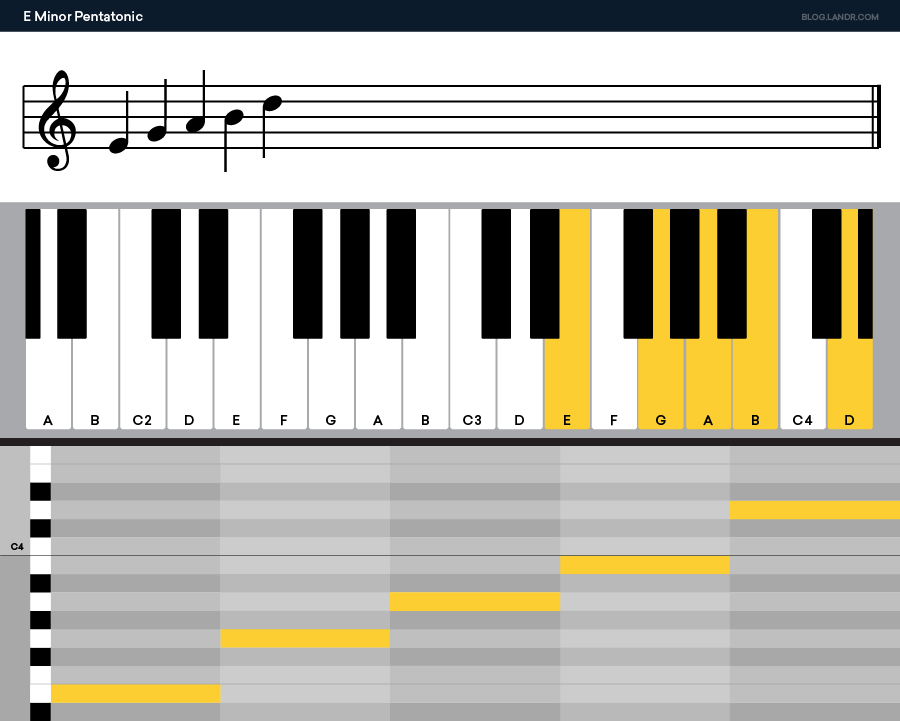


The Blues Scale How To Use It In Your Music Landr Blog
How to play the E# (E sharp) Major Chord on your piano or keyboard From the chord symbol E# we get the following information The E# chord has the note E# as root note;Major scales are constructed with the formula W – W – H – W – W – W – H "W" represents a whole step, while "H" represents a half step Using this formula, let's figure out the E major scale First start with the root note, A, and follow the formula A whole step from E is F#How to play the E# (E sharp) Major Chord on your piano or keyboard From the chord symbol E# we get the following information The E# chord has the note E# as root note The E# chord is a 3note chord (a triad)



Chords And Scale Notes Of E Major



A Visual Way To Learn All 12 Major Keys Of Music On The Piano
E major chord E major chord for piano (including E/G# and E/B inversions) presented by keyboard diagrams Explanation The regular E chord is a triad, meaning that it consists of three notes On the picture of the keyboard, you can see the three notes of the E chord marked in red colorPiano Scales Chart C C# Db D D# Eb E F F# Gb G G# Ab A A# B Show All E Scales Hide Scales List E Major E Major pentatonic E Minor pentatonic E Dorian E Phrygian E Lydian E Mixolydian E Aeolian E Locrian E Blues E Harmonic Minor E Melodic MinorTransposing chords Concerning chords, the table doesn't show major and minor But you can interpret the notes to major chords Some examples of how major chords changes between keys F in the key of C = C in the key of G G in the key of C = D in the key of G C in the key of G = G in the key of D A in the key of D = B in the key of E



E Major Scale All About Music Theory Com



Piano Chords For Beginners School Of Rock
Because E# is a 3note chord it also has 3 inversions Root inversion;In addition to our original Piano sound, you can alsoE Major Scale Notes The E major scale goes from E to E and has 4 sharps (all black notes) in the scale The key of E has F#, C#, G# and D# The notes of the E major scale are E F# G# A B C# D# E



A Flat Major Scale Piano Music Theory
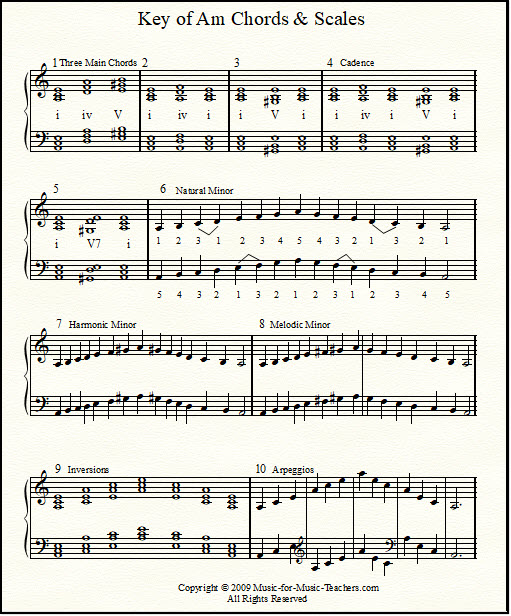


Harmonic Minor Scale And Chords Natural And Melodic Minor Piano Music Scales
4 2 4 5 3 5 3 4 etc harmonic minor scale 3 2 5 3 2 5 2 3 etc The fingers preceded by a dash are using notes on the counterbass row All scales are the same fingerings in all keys Melodic minor is a combination of these two scales @dare opes Pentatonic scales use only figers 1 2 3 Eg C major is 1 2 3 1 3 1 etc Happy practice!The E# chord is a 3note chord (a triad) The E# chord is a major chord;Eb9 Piano Chord Eb9 for Piano has the notes Eb G Db F Listen to it and learn about its interval structure R 3 5 m7 9 Eb9 Chord Full name E flat ninth AKA Eb7(add9) Eb7/9 Piano sound On this page Charts Inversions Structure Related chords Chord on other instruments Related scales Chord staff Summary table References Adjust notes


Q Tbn And9gcshzq3tpsoa86yvqors Sgozlxgwpxeayqptkubocn 9ixeiir Usqp Cau



G A B C D E F G Are The Notes Of The G Major Scale Major Scale Minor Scale D Flat Major
The E major scale consists of the following notes E F# G# A B C# D# There are 7 different notes in the scale When the scale is played, the first note is usually repeated at the end, one octave higherPiano chord name E (E major) Piano sound Notes and structure E Ab B (R 3 5) Chord Categories basic major triad Major chord Other Notations EM Chord Construction R = E E major interval = Ab (scale degree = 3rd) Ab minor interval = B (scale degree = 5th) E on other instruments E piano E guitar E ukulele E mandolin E banjoThe Phrygian Scale (or mode) is the third of the modal scales The Phrygian scales are related to the Major scales E Phrygian corresponds to C Major played from the E note, A Phrygian corresponds to F Major played from the A note and so on (all relations are listed below) This scale is often used in Spanish, Latin and flamenco music



E Natural Minor Scale Piano Music Theory
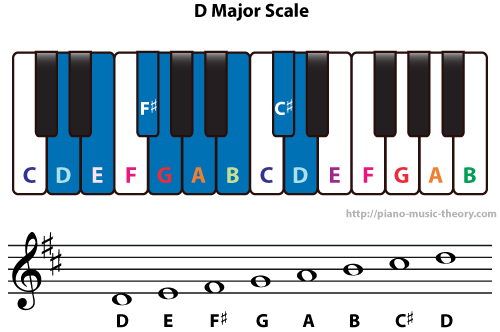


D Major Scale Piano Music Theory
These charts highlight the keys and chords of E major scale on piano keyboard This will help you learn how to play melodies and chords on a piano within the key of E Major E Major and C# minor scale piano E Major scale Piano chords in E (4#) ged as Piano Scales by InstrumentThe most common scales when playing the piano, are Major and Minor scales From each key on the piano you can start either a major or a minor scale All scales are made with a specific pattern of whole steps (tones) and half steps (semitones) All 12 major scales share the same pattern of whole and half steps between the notesE Flat Major Scale On the Piano It's an excellent skill to be able to quickly and easily visualize scales on the piano The key to doing this is focusing on which white keys and which black keys are part of the scale Also, we have to keep in mind the two zones that make up each octave register on the keyboard Scale visualization for Eb major
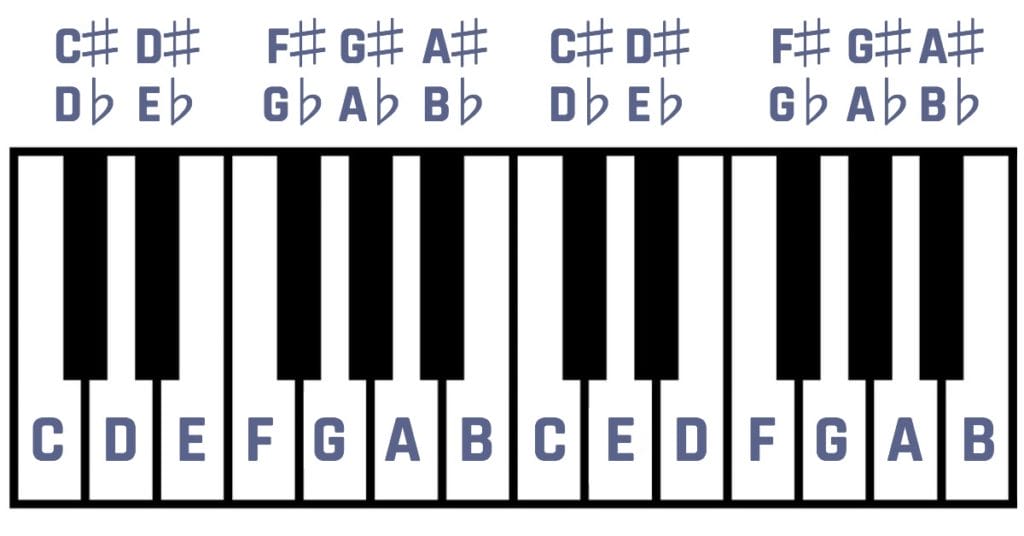


First Steps To Improvisation Musical U



F Major Scale Piano Music Theory
E major Scale Below you can find guitar and piano scale diagrams, notes, intervals, formulas, and chordsA simple and efficient method to construct ANY major & minor chord on the pianoSign up for MORE awesome content at http//wwwpianopigcomIn this piano tutoDiscover our growing list of free Interactive Songs and experience the joy of playing popular pieces like a professional pianist;



Why Transposing Is An Essential Piano Skill And How To Do It Pianotv Net


The E Major Scale
All major scales can be split in half, into two major tetrachords (a 4note segment with the pattern 221, or wholestep, wholestep, halfstep) It's much easier to remember 4note patterns than 7 or 8note patterns, so breaking it down into two parts can be very helpful The lower tetrachord of E major is made up of the notes E, F#, G#, and AIts key signature has three flats, E♭, A♭and B♭ The relative minor of E flat major is C minor E flat Major Scale Intervals Tonic – The 1st note of the Eflat major scale is Eb Major 2nd – The 2nd note of the scale is F Major 3rd – The 3rd note of the scale is G Perfect 4th – The 4th note of the scale is AbYou can have a look at Piano Chords overview for more clarity on this topic Now, the primary and secondary chords are Primary Triads (Chords) in the Key of E Major Using the 1st, 4th and 5th notes of the scale, we will build the primary triads Chord I E Major E G# B
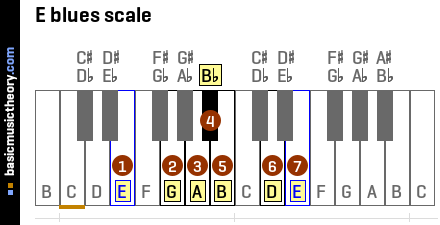


Basicmusictheory Com E Blues Scale
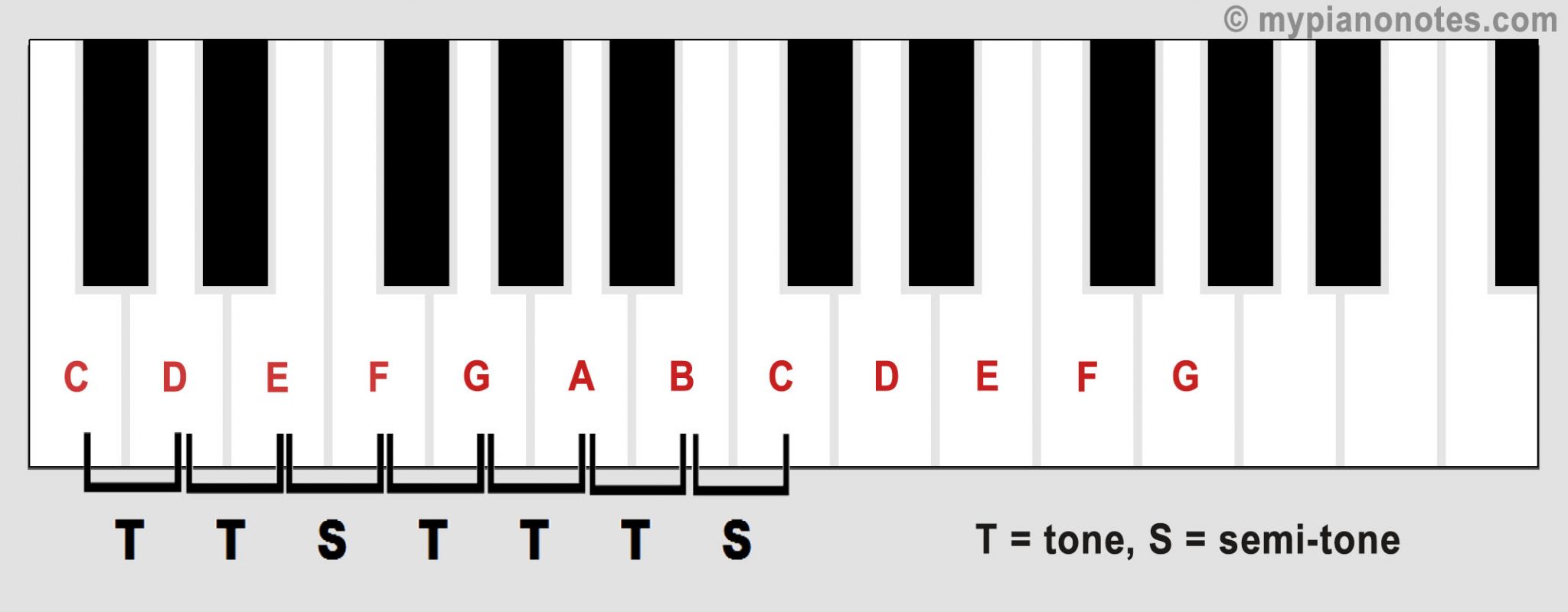


Piano Scales Complete Guide With Examples
All major scales sound similar because they have the same pattern of tones and semitones Take a look at the diagram below The first step of the major scale is a tone, followed by another tone, then a semitone The pattern continues;Discover our growing list of free Interactive Songs and experience the joy of playing popular pieces like a professional pianist;DIGITAL PIANO SCORE Scales in all major keys two octaves with fingering Major Scales for Piano C Major 1 2 312 3 4 1 3 1 5 1 4 1 3 5 4 3 2 1 3 2 1 4 1 3 1 3 1 4 1 3 1 G Major 12 3 12 34 1 31 5 13 14 13 5 4 3 2 1 3 2 1 4 13 1 3 1 4 1 1 D Major 12 3 1 2 34 1
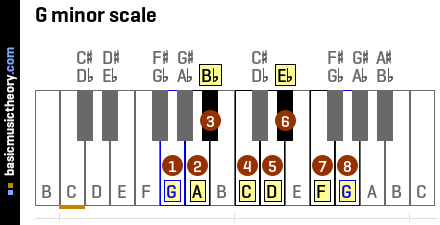


Basicmusictheory Com G Natural Minor Scale
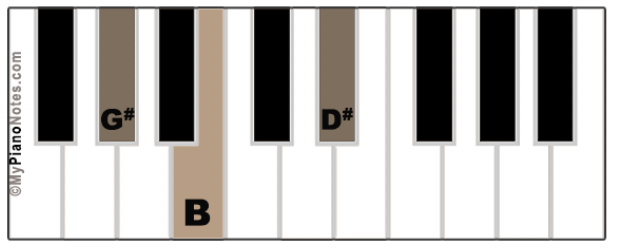


Chords In Key Of E Major All Triads Extensions Piano Examples
The note B is down 5 halfsteps from E, but up 7 halfsteps from EThe E major scale has 4 sharps This major scale key is on the Circle of 5ths E major on circle of 5ths, which means that it is a commonly used major scale key Middle C (midi note 60) is shown with an orange line under the 2nd note on the piano diagram These note names are shown below on the treble clef followed by the bass clefKeep your sound and tempo under control with the dedicated Sustain, Metronome, and Tempo buttons;
:max_bytes(150000):strip_icc()/E-major-chord-piano-56f562be5f9b58298664868d.png)


Major Piano Treble Triads
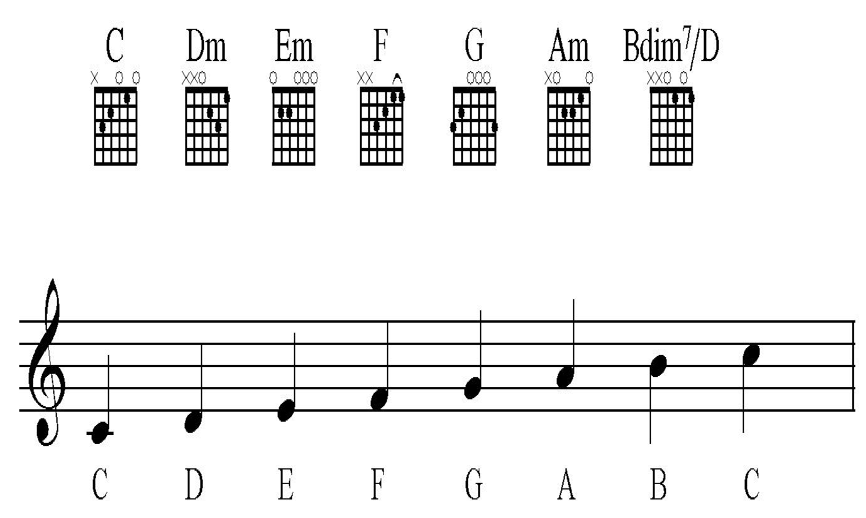


Understanding C Major First Position Chords And Scale Liberty Park Music
Practice mastering the scale in both ascending and descending orders Once you get good at this, then try out other scales and chords respectively G Major Scale – Intervals & Degrees Here is the division of all the notes into various degrees and intervals Tonic – G (tonic) Major 2nd – A (supertonic) Major 3rd – B (mediant)4 2 4 5 3 5 3 4 etc harmonic minor scale 3 2 5 3 2 5 2 3 etc The fingers preceded by a dash are using notes on the counterbass row All scales are the same fingerings in all keys Melodic minor is a combination of these two scales @dare opes Pentatonic scales use only figers 1 2 3 Eg C major is 1 2 3 1 3 1 etc Happy practice!Well These Scales Major, Minor, Harmonic Minor, Melodic Minor, Pentatonic Major, Pentatonic Minor, Pentatonic Blues, Pentatonic Read more ›
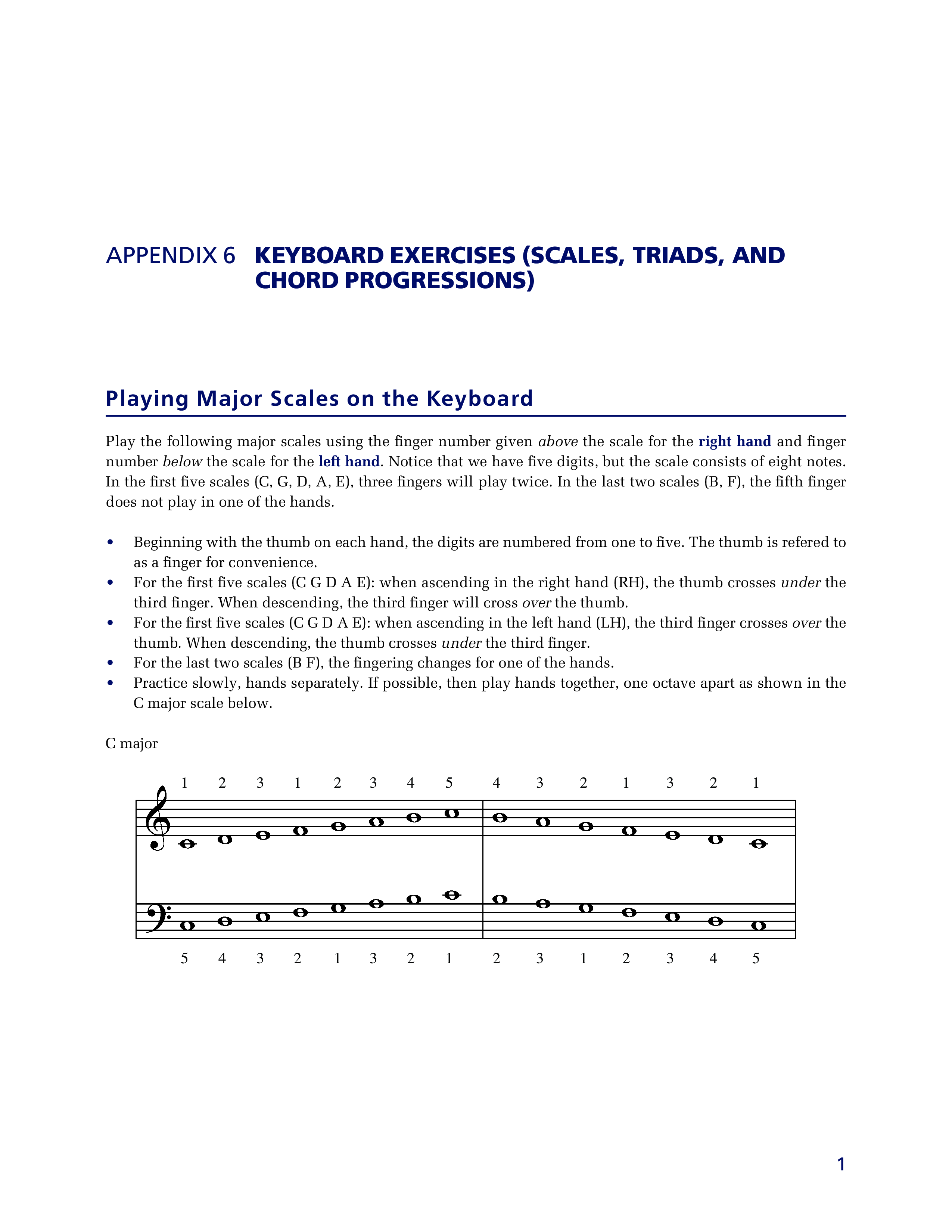


Piano Notes Scale Chart Templates At Allbusinesstemplates Com



Basicmusictheory Com E Flat Major Pentatonic Scale
The notes which build up to create E Major scale are E F# G# A B C# D# E The diagrammatic representation of the same is given below Practice playing E Major scale on the keyboard until the time you perfect itHarmonizing Major scales into chords Every scale has matching chords In improvisation, scales are played "over" chords In this context, chords are the harmony while scales can be the melody, a solo, a phrase or a lick Here, we take a look upon which triads, fournote and fivenote chords the Major Scale can be harmonized into In otherPiano Scales Chart C C# Db D D# Eb E F F# Gb G G# Ab A A# B Show All E Scales Hide Scales List E Major E Major pentatonic E Minor pentatonic E Dorian E Phrygian E Lydian E Mixolydian E Aeolian E Locrian E Blues E Harmonic Minor E Melodic Minor
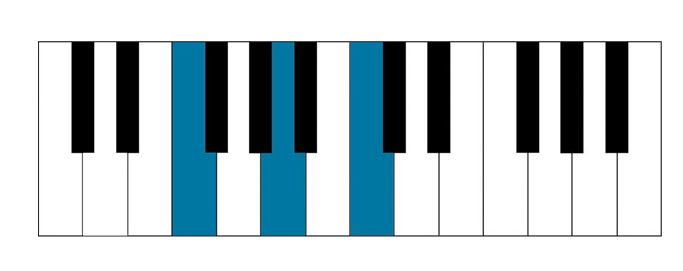


Piano Fingering Exercises Scales Chords And More



Major Scale Wikipedia
Go to your piano and play these notes, C, E, G You have now played a C major chord However, that is not the only chord that you can make in C major scale By repeating the same process on every note of the scale you can also make D minor;DIGITAL PIANO SCORE Scales in all major keys two octaves with fingering Major Scales for Piano C Major 1 2 312 3 4 1 3 1 5 1 4 1 3 5 4 3 2 1 3 2 1 4 1 3 1 3 1 4 1 3 1 G Major 12 3 12 34 1 31 5 13 14 13 5 4 3 2 1 3 2 1 4 13 1 3 1 4 1 1 D Major 12 3 1 2 34 1In addition to our original Piano sound, you can also



E Major Piano Chord Diagram And Fingerings For E E G E B


Q Tbn And9gcqyf3kimskzuby Ffzgg 1xfozlqsttsqtyzms8nf2gkhs4prpd Usqp Cau
Keep your sound and tempo under control with the dedicated Sustain, Metronome, and Tempo buttons;The E flat major scale starts and ends on Eb so we're starting on a black note It has a total of 3 black notes in it's key signature The key of Eb has , Eb and Ab The notes of the Eb major scale are Eb F G Ab C D EbE major (or the key of E) is a major scale based on E, with the pitches E, F ♯, G ♯, A, B, C ♯, and D ♯Its key signature has four sharpsIts relative minor is Csharp minor and its parallel minor is E minorIts enharmonic equivalent, Fflat major, has eight flats, including the double flat B, which makes it impractical to use The E major scale is



Piano Chords For Beginners School Of Rock



Piano Major Scales Arpeggios Reason E Lo
E flat Major Scale Intervals Tonic – The 1st note of the Eflat major scale is Eb Major 2nd – The 2nd note of the scale is F Major 3rd – The 3rd note of the scale is GEnjoy the sound of a worldclass Grand Piano where notes are played using your computer's keyboard or mouse;F# Major / D# minor scale (6#) / G♭ Major / E♭ minor scale (6♭) C# Major / A# minor scale (7#) / D♭ Major / B♭ minor scale (5♭) A♭ Major / F minor scale (4♭) E♭ Major / C minor scale (3♭) B♭ Major / G minor scale (2♭) F Major / D minor scale (1♭) Pentatonic C Major Pentatonic / A minor Pentatonic scale;
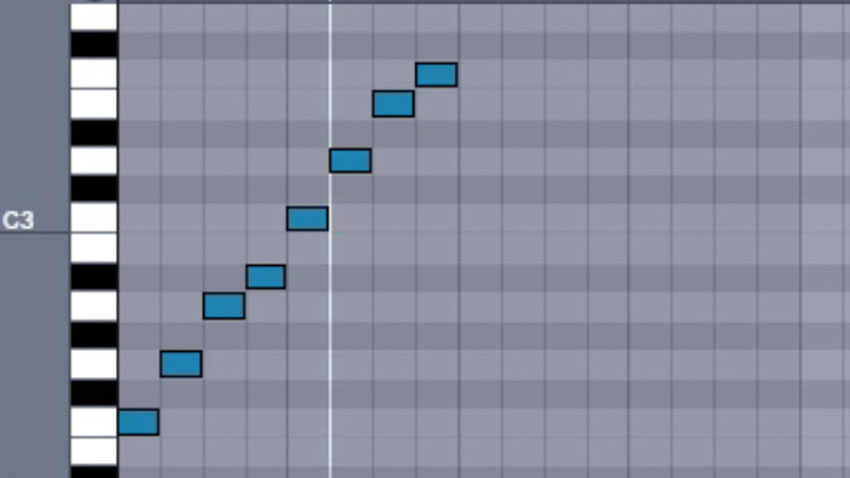


How To Understand Scales By Using Your Daw S Piano Roll Musicradar



Free Piano Exercise 1 Octave Major Scales In 12 Keys
All major scales sound similar because they have the same pattern of tones and semitones Take a look at the diagram below The first step of the major scale is a tone, followed by another tone, then a semitone The pattern continues;The Phrygian Scale (or mode) is the third of the modal scales The Phrygian scales are related to the Major scales E Phrygian corresponds to C Major played from the E note, A Phrygian corresponds to F Major played from the A note and so on (all relations are listed below) This scale is often used in Spanish, Latin and flamenco musicVirtual Piano Scales & Chords This is our older app with all the scale variations Which scales are represented?
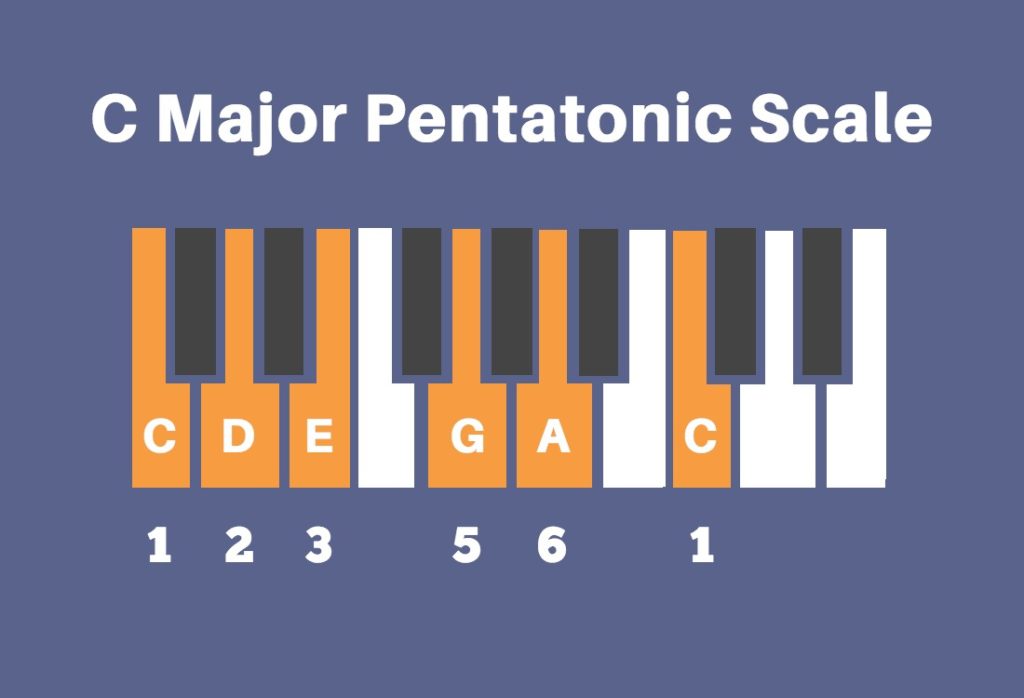


Five Notes Will Change Your Life Pentatonic Scales Musical U



The Complete Guide To Music Key Signatures
Esharp major scale The Solution below shows the E# major scale notes, intervals and scale degrees on the piano, treble clef and bass clef The Lesson steps then explain how to identify the Esharp major scale note interval positions, choose the note names and scale degree names For a quick summary of this topic, have a look at Major scaleThe most common scales when playing the piano, are Major and Minor scales From each key on the piano you can start either a major or a minor scale All scales are made with a specific pattern of whole steps (tones) and half steps (semitones) All 12 major scales share the same pattern of whole and half steps between the notes



E Major Wikipedia
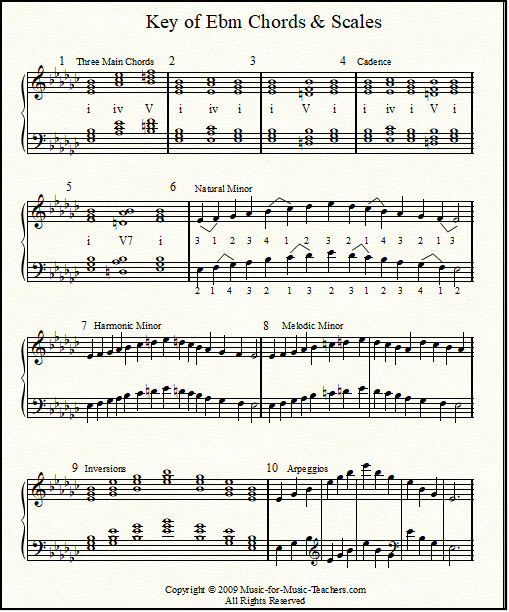


Harmonic Minor Scale And Chords Natural And Melodic Minor Piano Music Scales
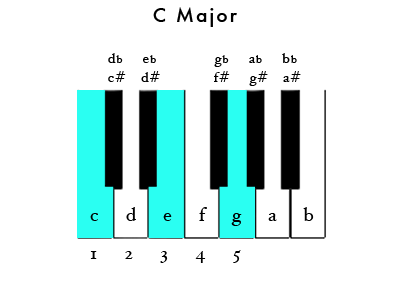


Piano Chords And Pop Examples Wikibooks Open Books For An Open World


The G Minor Scale Natural Harmonic And Melodic Notes Chords And More



Learn How To Play The D Major Scale On The Piano For Beginners Lesson Tutorial 28 Youtube



Basicmusictheory Com E Major Scale



Amazon Com Piano Keyboard 12 Scales Chart 8 5 X11 Musical Instruments



How To Play F Major
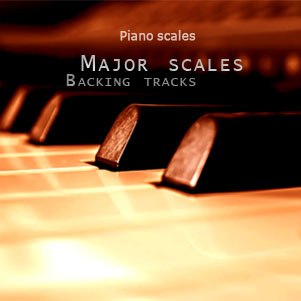


Piano Major Scales Overview With Pictures
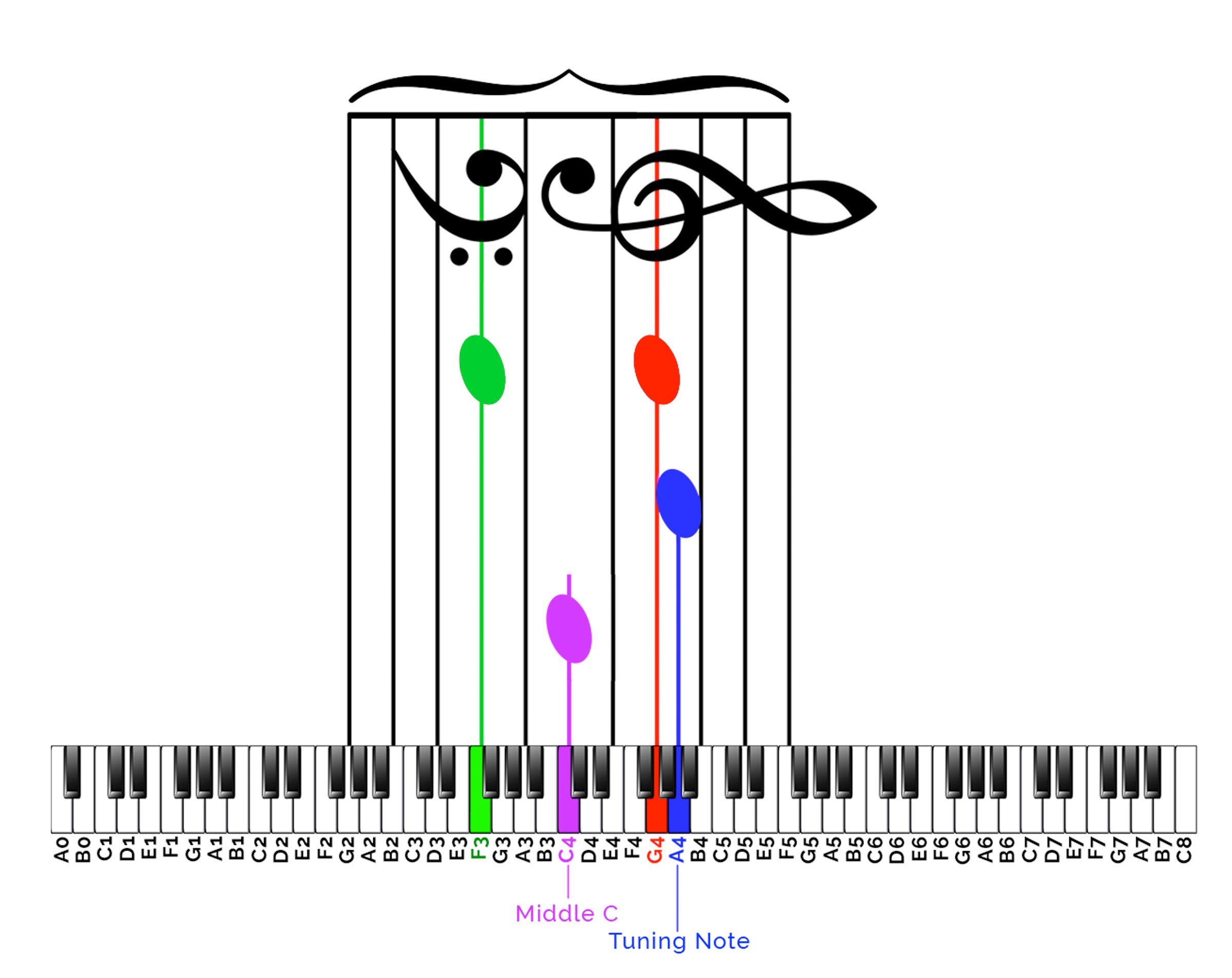


How To Read Musical Notes And Their Corresponding Piano Key Without Memorizing A Bunch Of Facts Making Music Magazine
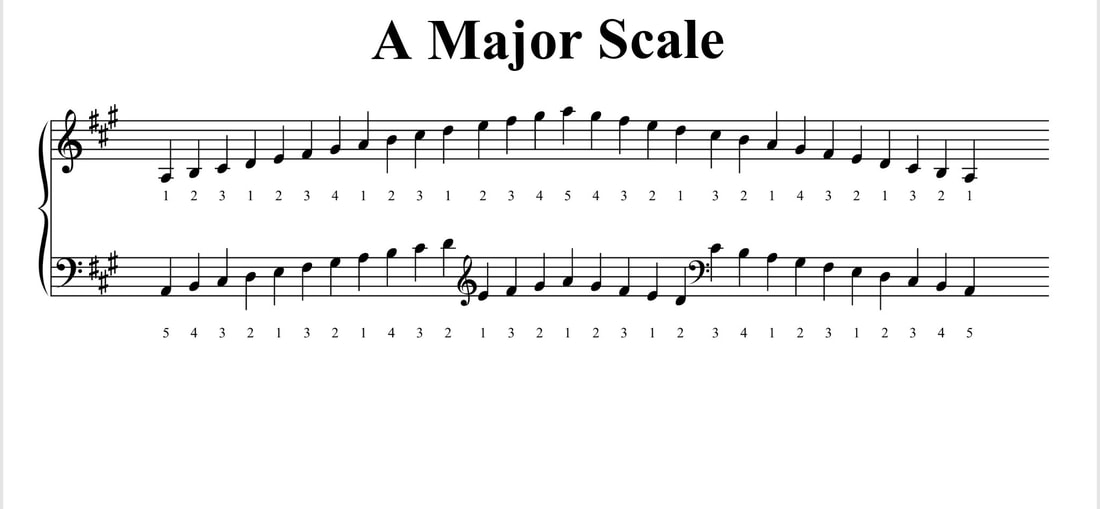


Piano Scales Tutorial Ruth Pheasant Piano Lessons



E Major Piano Chord Diagram And Fingerings For E E G E B


Chords In The Key Of E


The Scale
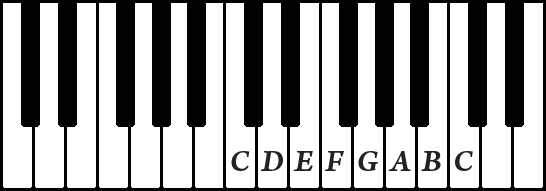


Logic Behind Flats And Sharps In Musical Scales



Learn The 12 Major Scales Basic Music Theory



Key Signatures


The E Major Scale



E Major Scale Music Theory
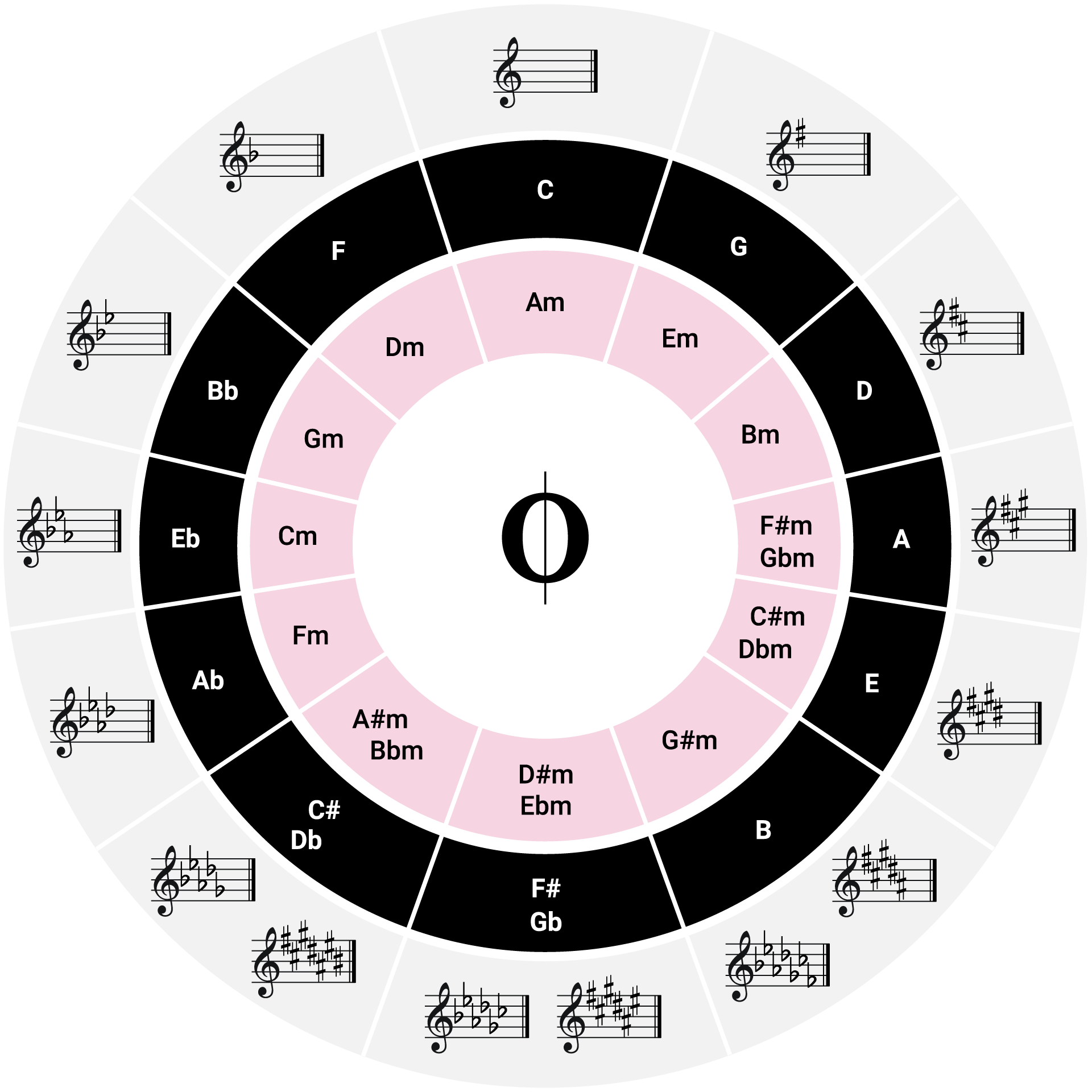


All Major And Minor Scales Including Fingering For Piano Oktav



How To Play The E Major Chord On Piano And Keyboard Youtube



E Major Scale All About Music Theory Com



E Flat Major Scale Piano Music Theory


Take 5 And Learn About The Pentatonic Scale Piano Lesson On The Web
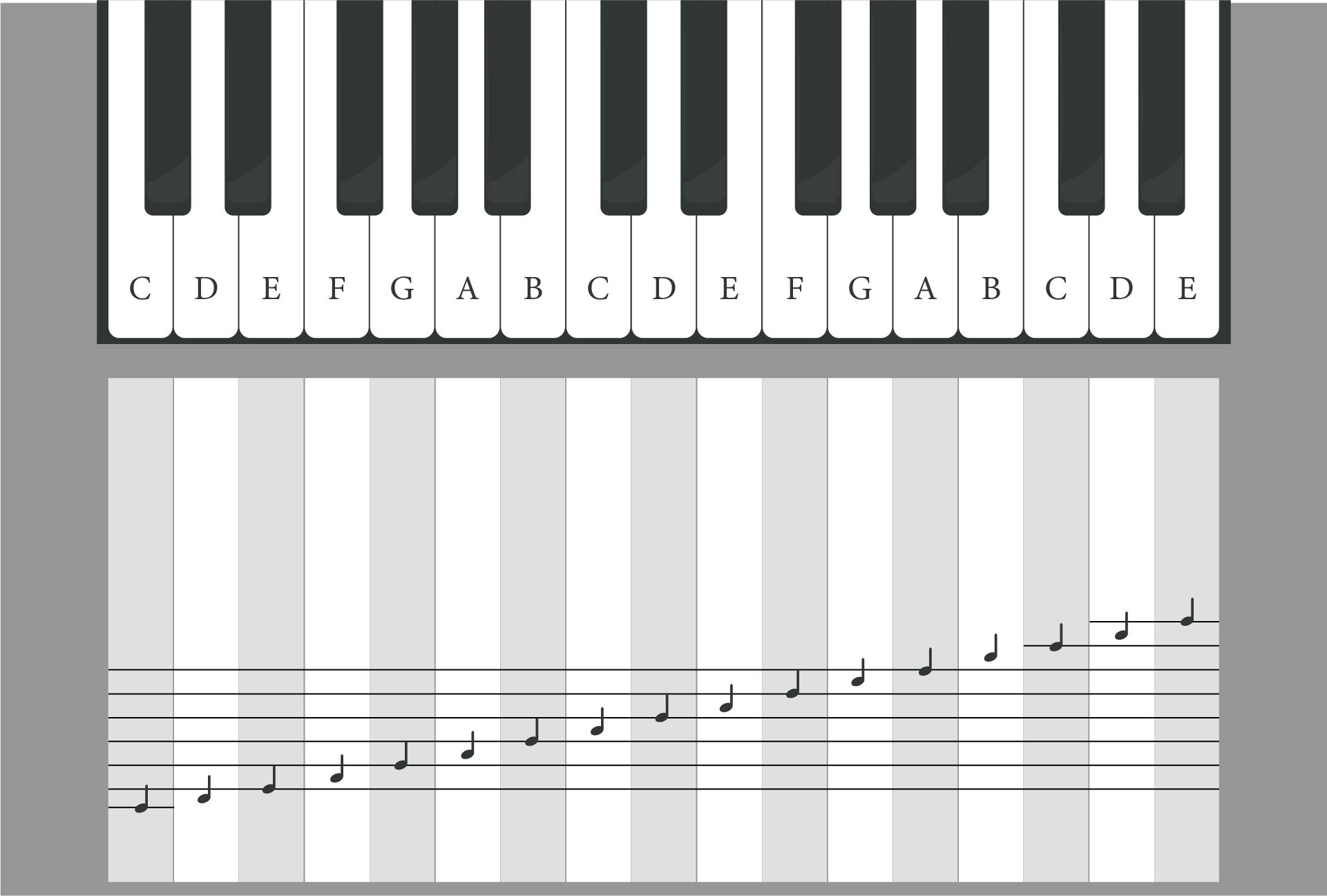


6 Best Printable Piano Notes Printablee Com


The G Minor Scale Natural Harmonic And Melodic Notes Chords And More



Essential Blues Piano Scales Major Minor Blues Scale Piano With Jonny
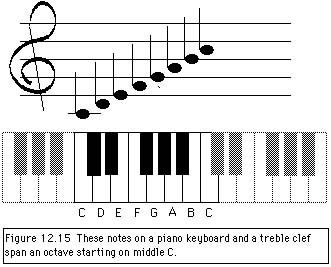


12 4 Musical Scales Prev Section Next Section Table Of Contents Chapter Contents A Note An Octave Higher Than A Particular Note Has Twice The Frequency As The Note In Question Those Two Notes Will Blend And Sound Well Together Figure 12 14
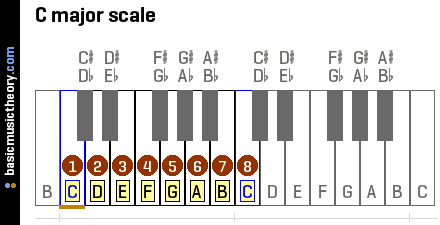


How To Write Epic Edm Chord Progressions The Easy Way Edmprod



The E Major Scale



3 Ways To Learn Keyboard Notes Wikihow



The Minor Scales Music Theory Academy



Understanding Piano Scales Major Minor And Blues Scales Updated 21



E Major Scale All About Music Theory Com



The C Major Scale Complete With Video Tutorial



E Major Scale Piano Music Theory
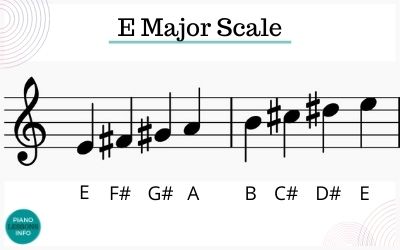


E Major Scale On Piano Notes Fingering How To Play It



D Flat Major Scale For Piano Compton Piano Studio Warwick Piano Scales Piano Learn Piano



Piano Scales Complete Guide With Examples
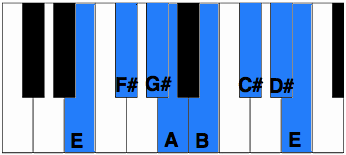


E Blues Scale For Piano


The E Major Scale
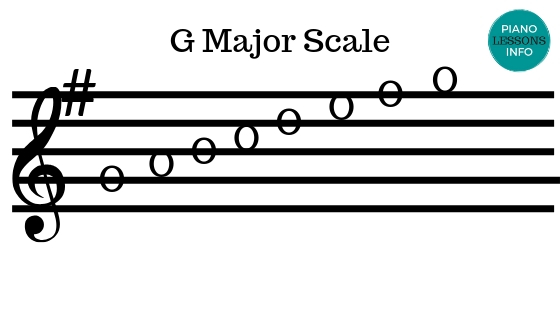


All 12 Major Scales


Q Tbn And9gcqvjpqv8vgkvcwiktvsanr4ref3eevqgyoxmb8wobjramywwcls Usqp Cau



E Major Scale Music Theory
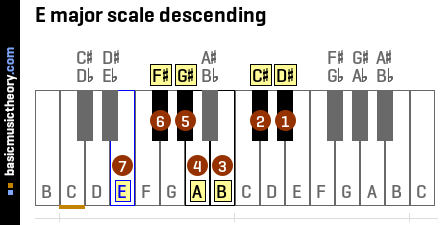


Basicmusictheory Com E Major Scale
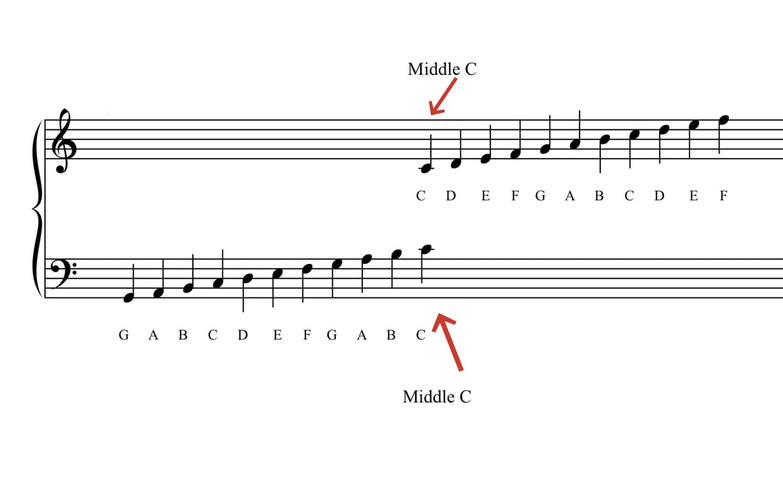


Piano Scales Tutorial Ruth Pheasant Piano Lessons



Din Shagna Advanced Piano Notes Piano Solo Sheet Music Pdf Sheet Music Pdf Sheet Music Piano
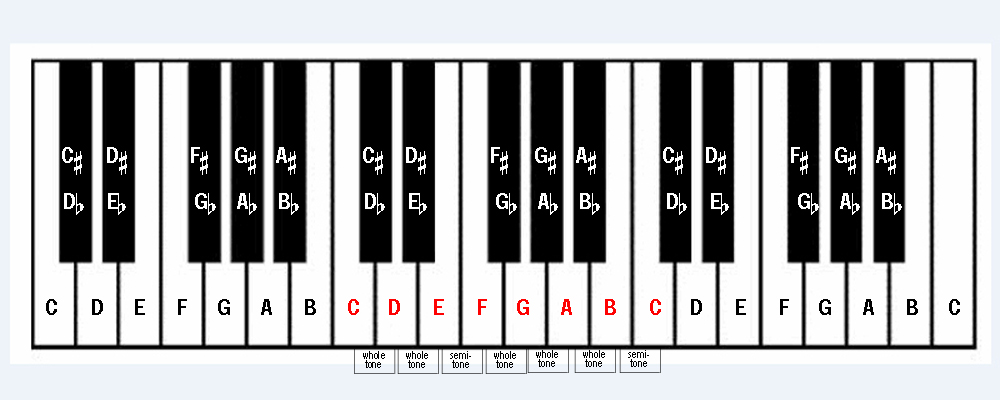


Major Keys And Their Scales The Cello Companion
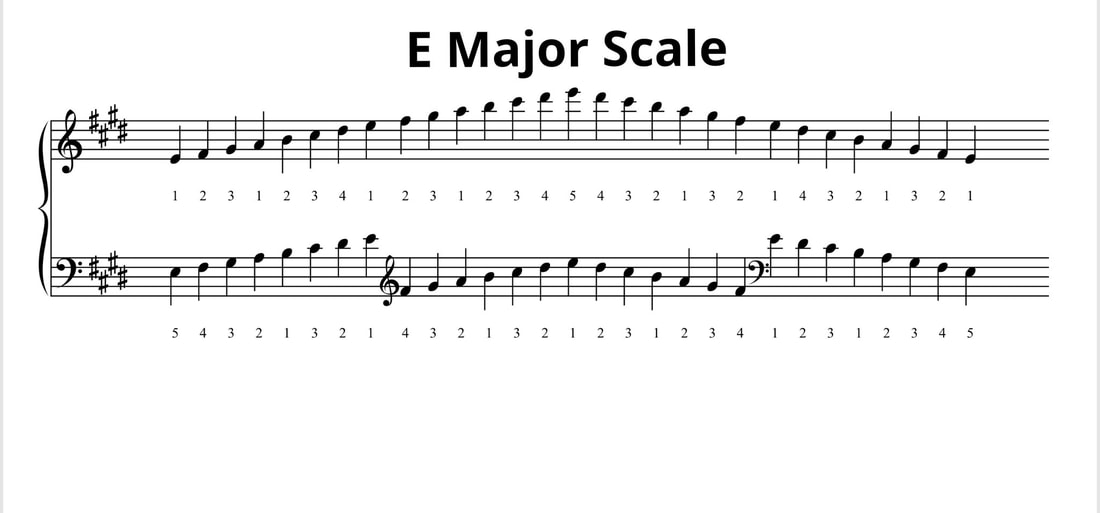


Piano Scales Tutorial Ruth Pheasant Piano Lessons



12 Major Scales Jazz Piano Lesson Pianogroove Com



B Flat Major Scale For Piano Compton Piano Studio Warwick Piano Piano Scales Piano Beginner



E Major Arpeggio Class Piano Eastman School Of Music
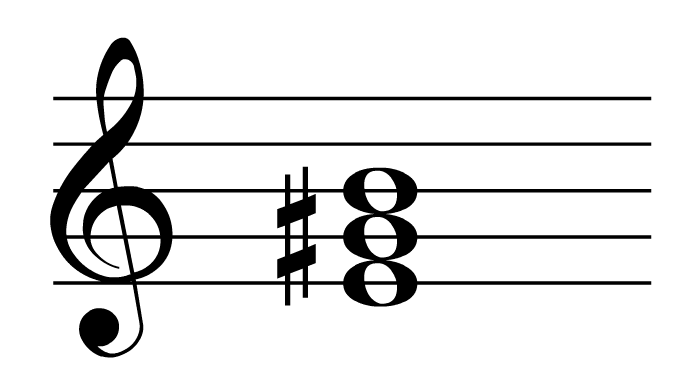


E Piano Chord Piano Chord Chart 8notes Com
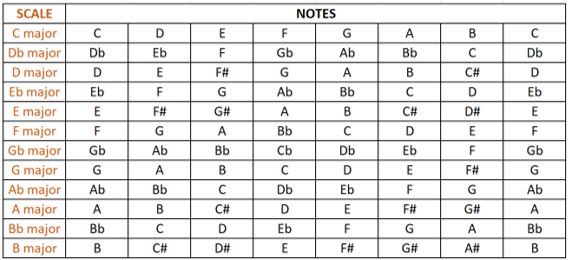


Shapes For Natural Major Scales Guitar And Piano Simplifying Theory
:max_bytes(150000):strip_icc()/GettyImages-479783168-6572090e85004212823f18dd3aa32cd0.jpg)


Memorize The Grand Staff Notes



12 Keys Of Music



Major Scale Wikipedia



Half Steps Whole Steps Scale Formulas



7th Chords For Jazz Piano Pianogroove Com



Major Scales How To Play E Major Scale On Piano Right And Left Hand Youtube



Piano Chords For Beginners School Of Rock


The E Major Scale
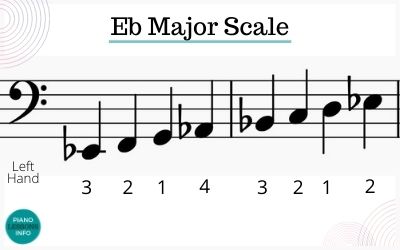


E Flat Major Scale On Piano Notes Fingering How To



All Major And Minor Scales Including Fingering For Piano Oktav



All Major Arpeggios My Piano Teacher


The 12 Major Scales



What Piano Scales Should I Learn First A Beginners Guide
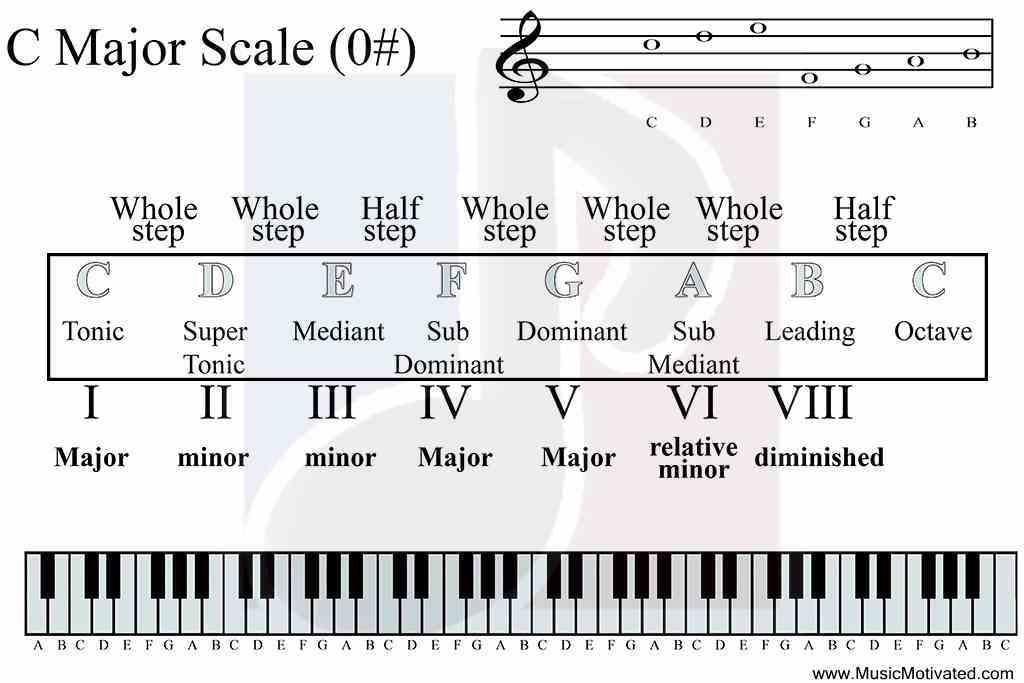


What Are Music Scales



Is Major Really Happy And Minor Sad School Of Composition


コメント
コメントを投稿